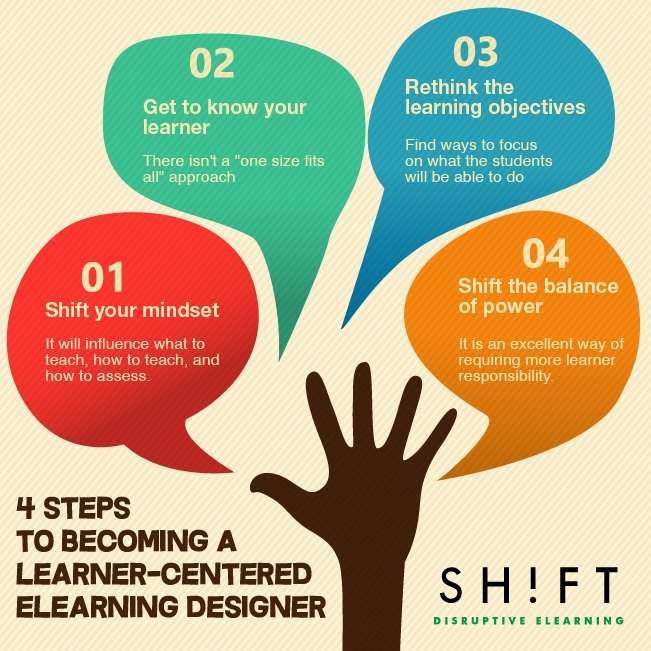Category Archives: bonding
Student-Centered Good Times
Students in my honors English 1 class are writing research papers and they will present a rendition of the TED Talk based on their papers. During the last two weeks, students were tasked with teaching their peers different skills needed in order to start these research projects. The different skills taught are 1)what makes a good TED Talk 2) public speaking skills 3) Nuts and Bolts (paraphrasing, synthesizing and MLA rules) 4) using reliable sources. These are all the skills needed in order to create a successful research paper and TED Talk. Different groups were assigned different skills that they taught/presented to the class. After each student-centered lesson, the students individually assessed the group that had just taught, and immediately “shared” the assessment with the group members. Here is a link to the peer assessment doc: https://docs.google.com/document/d/1Ka2eKoDo6QlpiThQQQzLd5e77VrBHcNmbfdp9G_gkcU/edit.
My biggest critique of skills teaching with a student-centered approach is that it takes forever. Students in each group needed to learn the information pertinent to their skills; they had to create a lesson for teaching the information; and, they had to teach their lesson to the entire class. What I could have taught in a fraction of the time, took two weeks for students to complete. Plus, two weeks ago, I had a ton of students out sick, which put off the student-centered lessons as well. The second critique that I have for this type of student learning is that students didn’t always explain the material that they were assigned to teach in a clear and coherent way, so for those situations, I have to take more time to reteach the material.
 However, a couple of the groups’ lessons were awesome, and I couldn’t have done a better job myself. The public speaking groups, in both of my two honors classes, killed it! The lessons were fun, engaging and informative. They were what I assume student-centered learning is supposed to be. Students left class that day really happy, and you could tell that they fully enjoyed class.
However, a couple of the groups’ lessons were awesome, and I couldn’t have done a better job myself. The public speaking groups, in both of my two honors classes, killed it! The lessons were fun, engaging and informative. They were what I assume student-centered learning is supposed to be. Students left class that day really happy, and you could tell that they fully enjoyed class.
I conducted a survey at the end of this lesson. Here is a link to the results:https://docs.google.com/forms/d/1VxlhniHoV6VNF6cgprPqR3xlsgmF41YbmaeEDZ5uNFk/edit#responses. The results are across the board. Most of the students seem ambivalent to this style of teaching/learning.
“Where I’m From” Reflection
About a year ago my enthusiastic friend Ellen introduced me to the “Where I’m From” phenomenon that has spread across academia over the last several years. “Where I’m From” is a poem written by Ms. George Ella Lyon, a celebrated writer and educator. This is her poem, the original “Where I’m From” poem:


